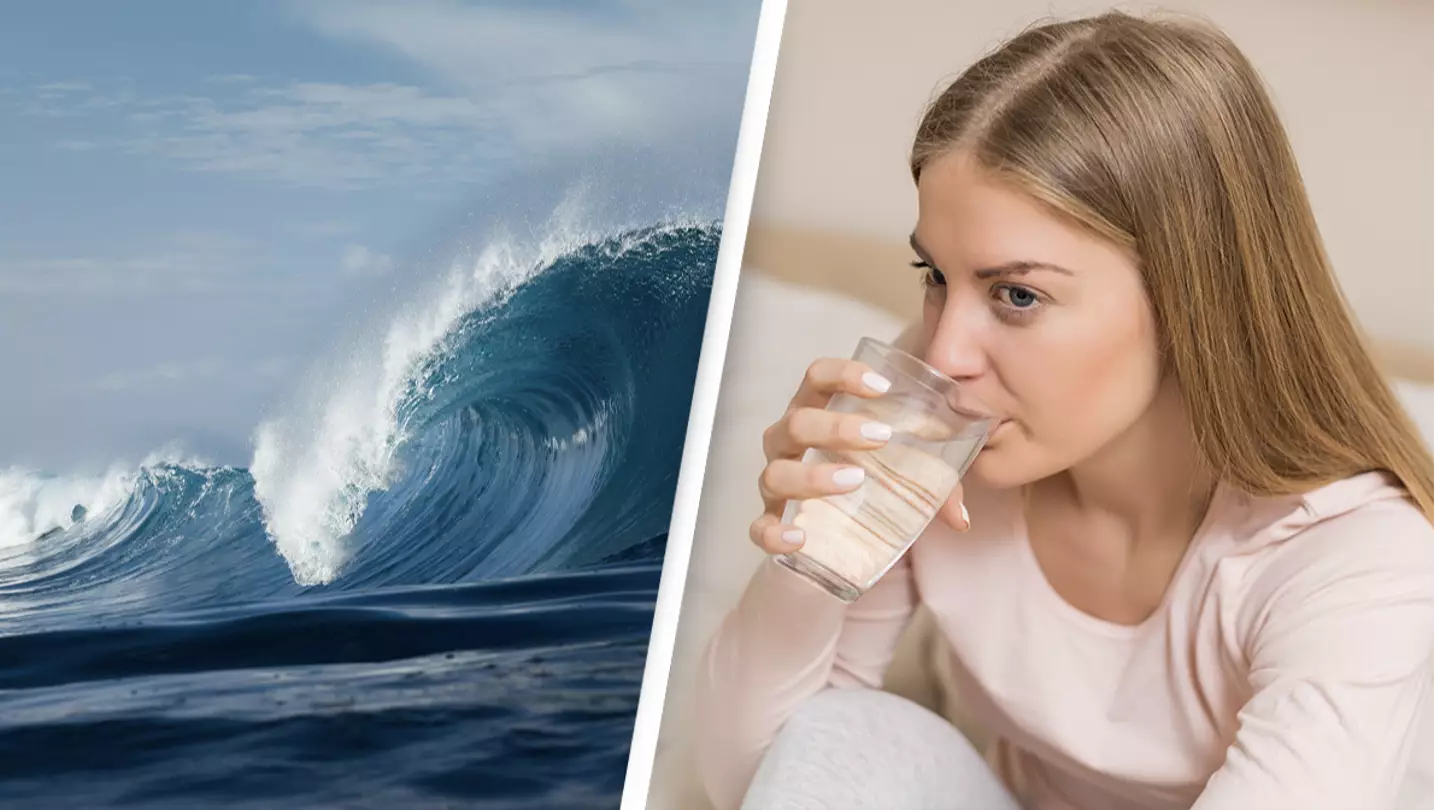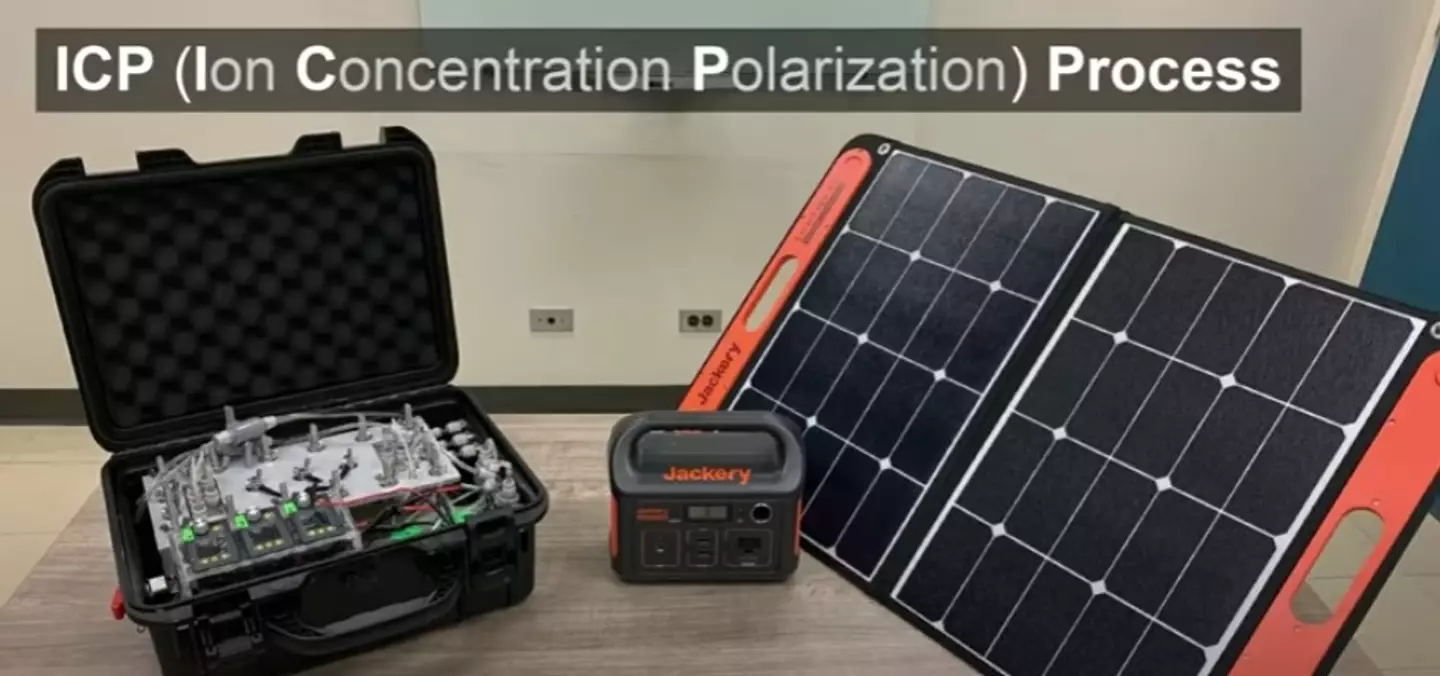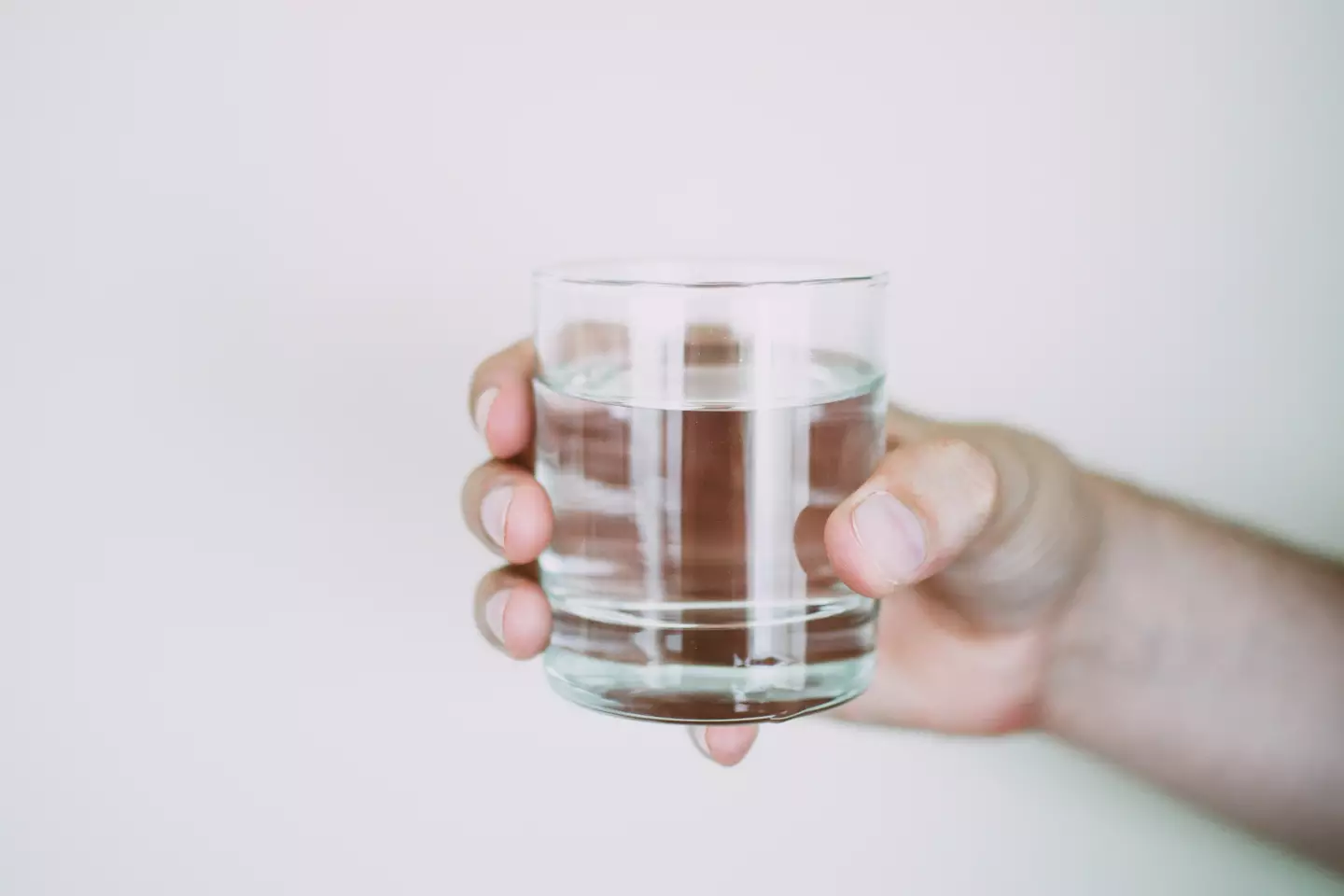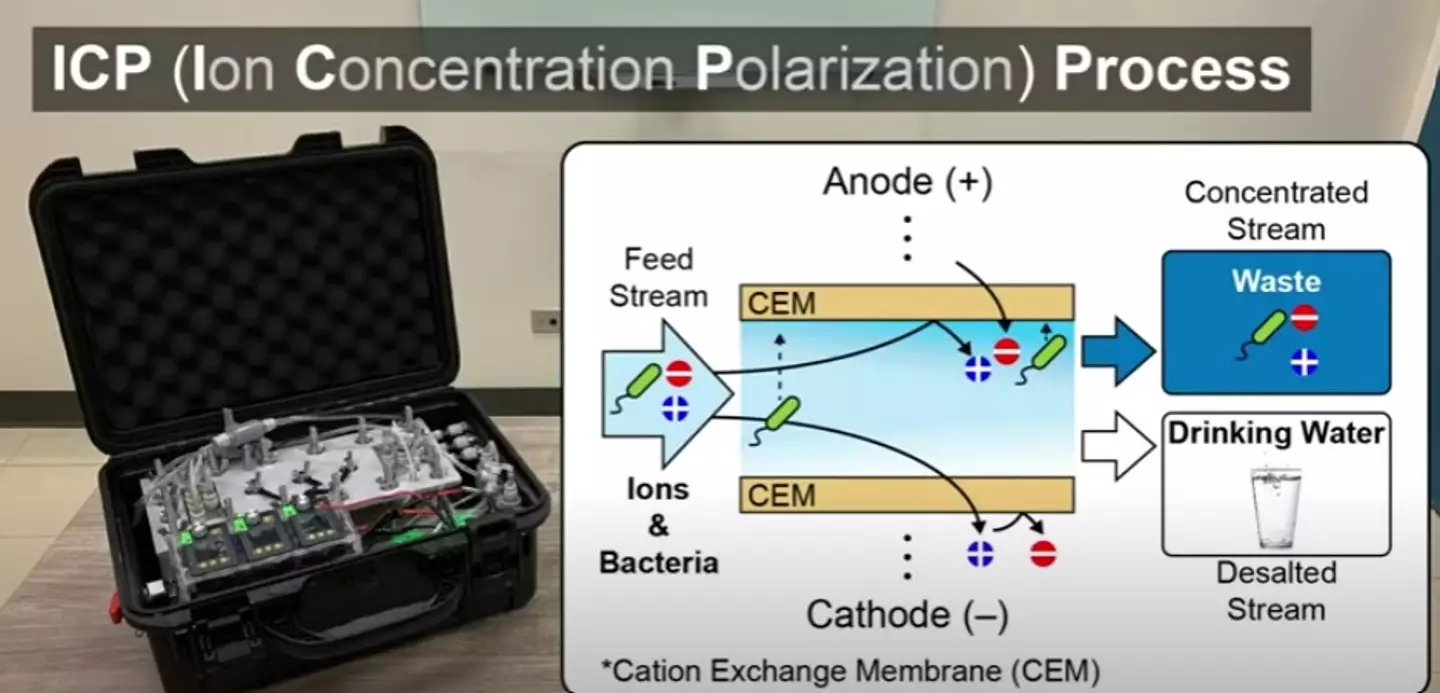
Researchers at MIT have developed a portable desalination unit that can turn seawater into drinking water with the press of a button.
Who said science isn’t cool?!
The suitcase-sized device weighs less than 10 kilos and requires less power to operate it than a phone charger.
Advert
The machine, which can be charged using a portable solar panel, uses techniques called ion concentration polarization (ICP) and electrodialysis that – in short – zaps the water with electricity in order to remove salt molecules, bacteria and viruses.
This eliminates the need for replacement filters and high-pressure pumps, which current commercially available desalination units require.

By using this technique, it automatically generates drinking water that exceeds World Health Organization quality standards – and that, folks, is pretty nifty in our books.
Advert
The prototype can currently produce an impressive 295ml of drinking water per hour.
Interestingly, when researchers ran field tests at Boston’s Carson Beach, the device was able to fill a plastic cup with drinking water in about half an hour.
Senior author Jongyoon Han, professor of electrical engineering and computer science and of biological engineering, said of the development: “It was successful even in its first run, which was quite exciting and surprising.
“But I think the main reason we were successful is the accumulation of all these little advances that we made along the way.”
Advert
The researchers' next aim is to make the device easier to use and improve its efficiency. It currently can produce 300ml of water per hour and requires only 20 watts of power per litre.

Junghyo Yoon, first author of research published in Environmental Science and Technology, added: “Right now, we’re pushing our research to increase that production rate.”
Speaking about their developments thus far, Han said: “This is really the culmination of a 10-year journey that I and my group have been on.
Advert
“We worked for years on the physics behind individual desalination processes, but pushing all those advances into a box, building a system, and demonstrating it in the ocean, that was a really meaningful and rewarding experience for me.”

Their hope is that one day the unit could be deployed in remote and severely resource-limited areas to help refugees and those after experiencing natural disasters.
They also believe it could be a great resource aboard seafaring cargo ships and soldiers carrying out long-term military operations. Really the list is endless should they commercialise their invention.
Advert
Here’s to the future.
If you have a story you want to tell, send it to UNILAD via [email protected]
Topics: Technology, Science, News
